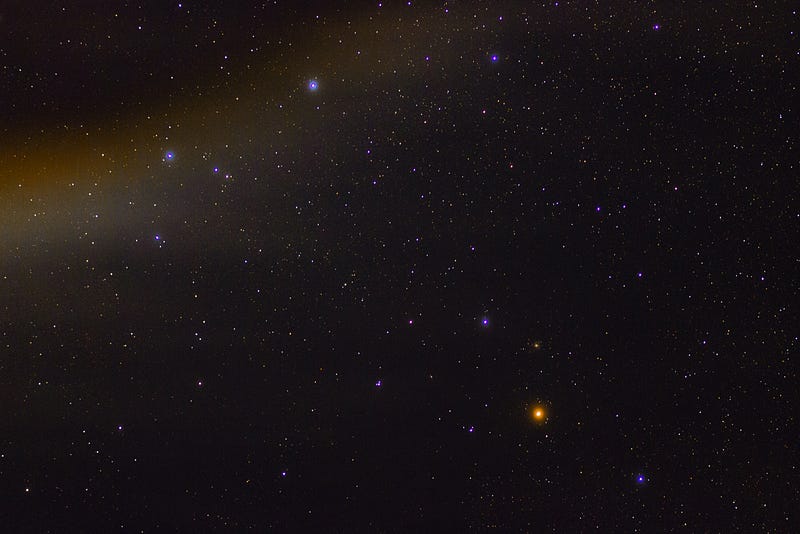Exploring the Compactness of Solar Systems: A Celestial Inquiry
Written on
Chapter 1: The Structure of Solar Systems
Solar systems are intricate and expansive entities composed of various celestial bodies, including planets, moons, asteroids, comets, and more, all orbiting a central star. But what is the extent of their compactness?
The compactness of a solar system can be assessed by the distance separating the star from its nearest planet. In our solar system, this distance is approximately 93 million miles, which is relatively large when compared to other known systems. For instance, the star Proxima Centauri, the closest star to Earth, hosts a planet at a mere 4.2 million miles away. Researcher Guillem Anglada-Escude highlights this phenomenon:
“Proxima Centauri’s planetary system is not only the closest to us, but it is also extremely compact. The distance between Proxima Centauri and its planet is only about 5% of the distance between the Sun and Earth.”

Section 1.1: Assessing Distances Between Planets
Another indicator of a solar system’s compactness is the spacing between its planets. In our solar system, the inner planets—Mercury, Venus, Earth, and Mars—are relatively close to the Sun, while the outer planets—Jupiter, Saturn, Uranus, and Neptune—are positioned much farther away. Conversely, some exoplanetary systems exhibit planets that are in much closer proximity to one another, with some located just a few million miles apart.
Subsection 1.1.1: The Potential for Compact Systems
So, how compact could a solar system theoretically be? Determining this is challenging, given the numerous factors that affect the size and arrangement of a solar system. However, it appears that the most compact systems would likely feature small, low-mass stars with planets orbiting in close proximity—potentially just a few million miles away.
Chapter 2: Life in Compact Solar Systems
It's important to consider that compact solar systems may struggle to support life as we understand it. Planets that orbit too closely to their star could be too hot for liquid water, lacking the necessary conditions for life to develop. Conversely, planets that are too distant may be excessively cold, unable to receive enough warmth and light to foster life.
The first video titled "Solar Power on a Small Scale: Simple Solar Part 1" illustrates practical solar solutions for smaller setups.
In the second video, "How To Properly Scale Solar - Start Small Now And Grow Bigger Later!" viewers can learn effective strategies for expanding solar energy systems over time.
In conclusion, it appears that the most compact solar systems will predominantly consist of small, low-mass stars with planets that orbit closely. Although these systems may not be conducive to life, they provide a captivating insight into the vast diversity and complexity of the cosmos. If you're intrigued by this topic, be sure to check out my other writings for more engaging content!